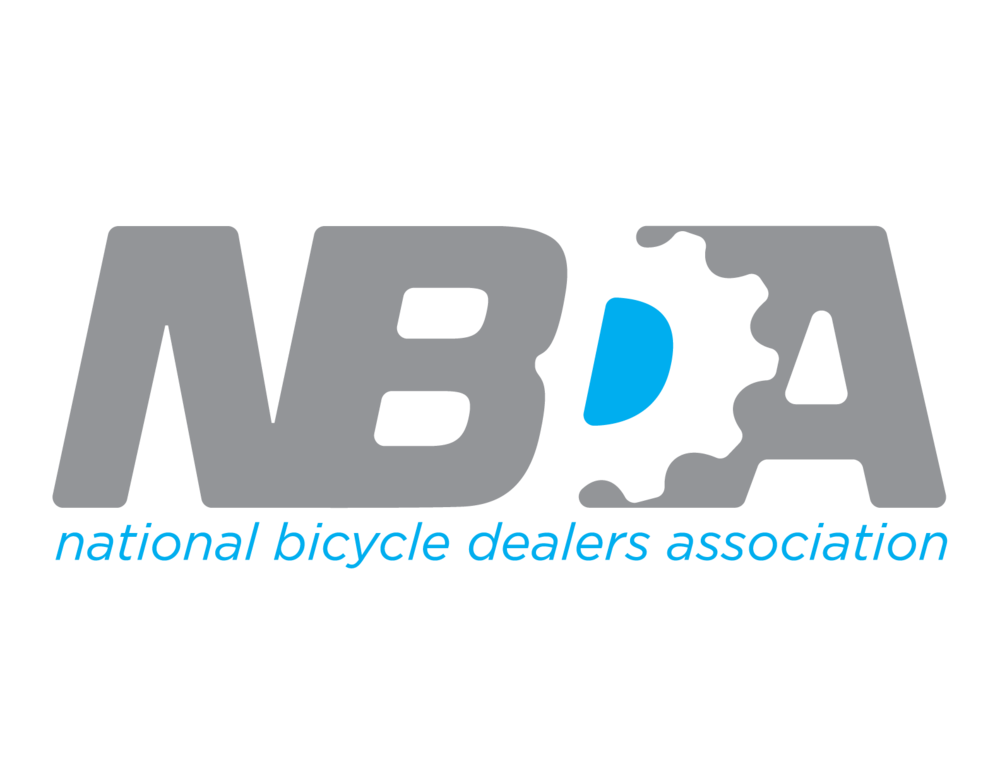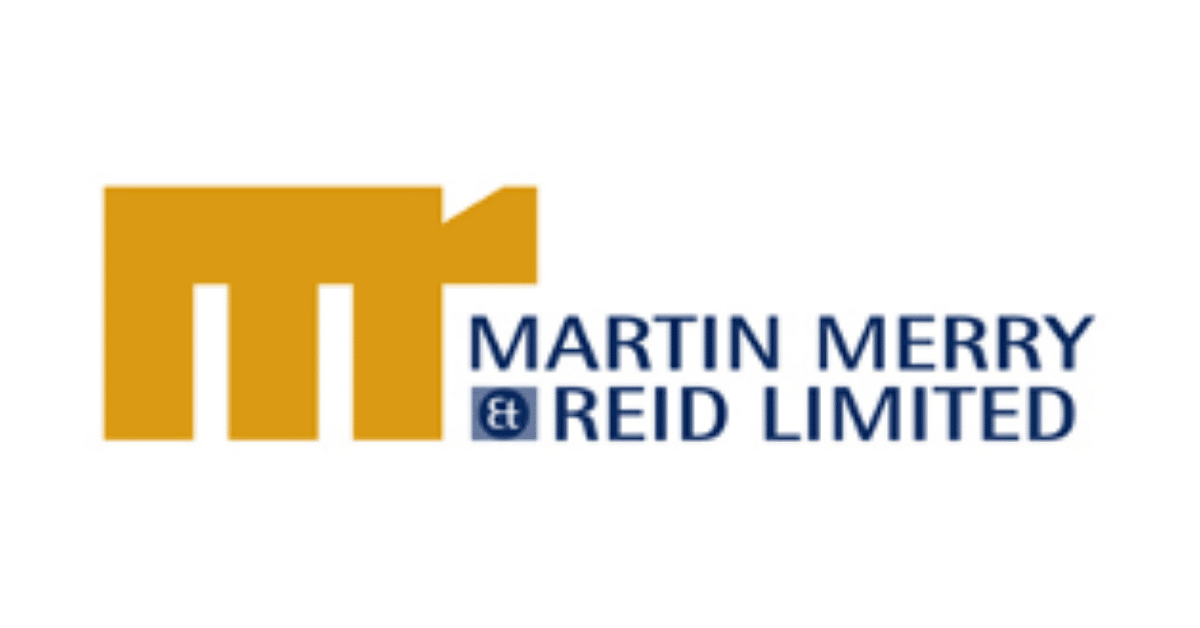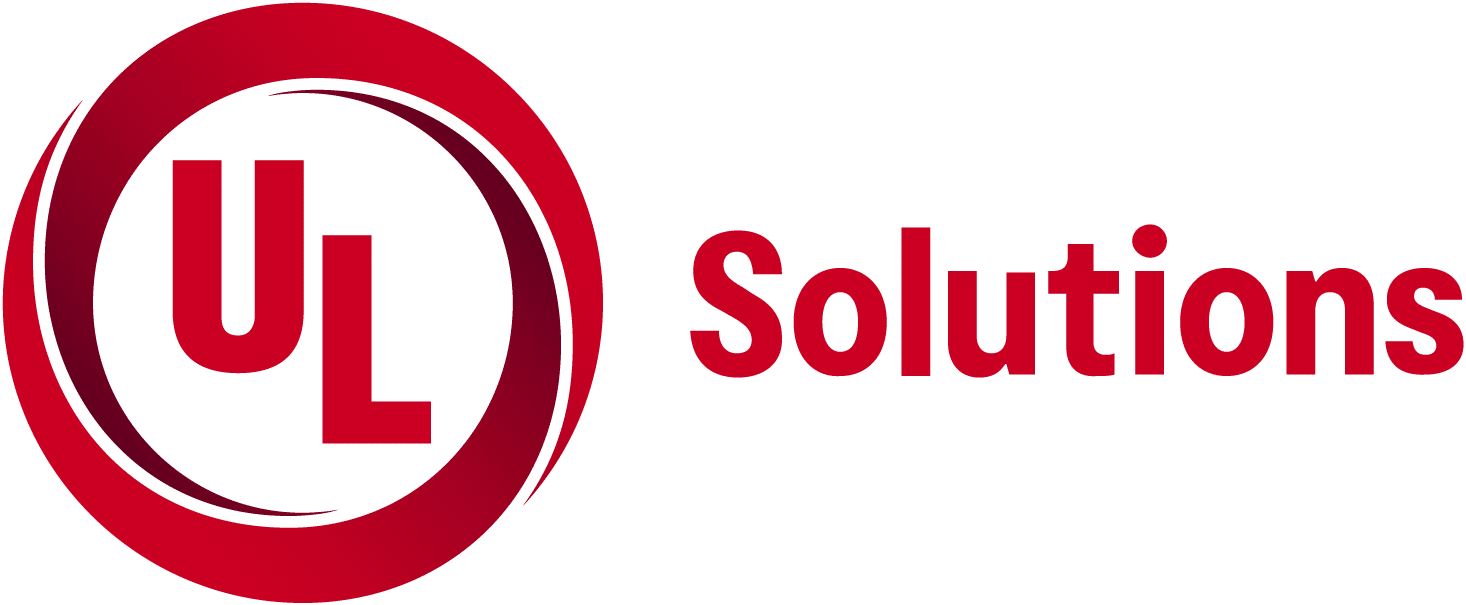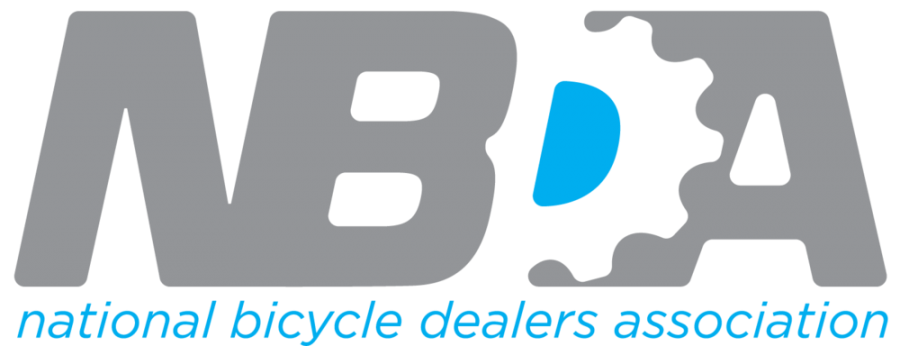Selecting Insurance Limits – A Critical Responsibility
Canadian Insurance loss statistics indicate that the average property is underinsured by 30%! Under insuring can be an economical fatal mistake.
Fundamental to the design of any successful insurance program is the selection of the limits of insurance coverage. While a licensed Insurance Broker can assist you with purchasing necessary insurance, the responsibility of selecting policy limits rests solely with you, the Insured with our assistance.
Please note that we must have in writing your instructions in the event of a claim so it is very important that you work with your representative to arrive at the correct level of coverage.
Your insurance broker is NOT qualified to determine your insurance values for you.
We recommend that you obtain replacement cost estimates for structures from accredited professionals such as appraisers at the Appraisal Institute of Canada (www.aicanada.ca), Telephone (613) 234-6533 • Fax: (613) 234-7197). The Appraisal Institute maintains a list of members who will be available to provide you with replacement value estimates of your real property.
Buildings
Limits of insurance for buildings should, at minimum, reflect at least the sum of:
- Current replacement cost of the entire structure including interior finishings, foundations, plus any underground property such as water, sewage and utilities to the property line
- An amount for inflationary trends for the policy period
- Debris removal (and perhaps removal and storage of undamaged contents)
- Increased cost of construction due to the enforcement of Municipal By Laws to improve your building accordingly; e.g. assisted person access requirement
- Architecture, Engineering, and Building Permit Costs
The “add on” costs (#’s 2, 3, 4 and 5 above) should typically total at least 20% of your building’s replacement cost value. Note re HST: Generally speaking, Commercial loss payments are made net of HST, as this tax is an otherwise recoverable cost. Should your business not be able to claim an Input Tax Credit or a rebate, your insurable values should include an amount for HST.
Risk Management Note: Serious fire losses may be the subject of a Ministry of the Environment investigation/order for site pollutant clean-up, and there may be a third party impact. Consider Limits for both First and Third Party Pollution coverage.
Contents, Stock, Leasehold Improvements and Equipment
Property and business owners also need to give equal consideration to Contents, Stock, Leasehold Improvement and Equipment valuations. Insured values should include:
- Current cost of new equipment (including the cost to install and test)
- Cost of all leasehold improvements – whether purchased by you or not
- Stock (consider both average amounts on hand, as well as peak concentrations. You may want to add a “peak season” endorsement to your policy.)
- Property of Others while on your premises.
Special consideration should also be given to production critical equipment where mechanical failure can result in a work stoppage. Such events can be insured via Equipment Breakdown coverage.
Business Interruption
When a facility suffers a meaningful loss, economic havoc can result. Insured’s can protect themselves by purchasing Business Interruption coverage. This coverage is purchased by setting both a monetary limit and an indemnity period. Many insureds underestimate the seriousness of this type of loss and consequently select limits too low and/or indemnity periods too short.
The lengths of rebuilding/sales recovery times are easily extended by:
- Fire Marshall Investigations
- Pollution Cleanup requirements
- Architect, Engineering and Building Permit delays
- Bad weather
- Shortages of materials and/or labour
- Long lead time for production / delivery of major equipment
- Time required to regain pre-loss sales levels
Again, responsibility to establish both the Limit of insurance required and the amount of time required for recovery (the Indemnity Period) rests solely with you as the Insured. There are many options to choose from when insuring against Business Interruption. These will have an impact on your Limits to be insured.
Consider for example, if your annual Business Interruption exposure is $1,200,000, but rebuilding / resourcing of machinery will exceed 12 months (not to mention how long it may take to get the business back that you may have lost while rebuilding was taking place), your Business Interruption Limit should likely be doubled to $2,400,000, and the indemnity period also be doubled to 24 months. Also, consider your business’ dependency on suppliers or your key customers. If you can’t get product or can’t sell your product because a supplier or your key customer had an insurable loss, what would the economic impact be on your business? “Contingent or Recipient Business Interruption” insurance may be a solution you should be considering.
Be realistic and practical in your estimates! Your accountant will have a good idea on your historical cash flow and business trends and should be able to assist with completion of worksheets required by insurers for limit estimation purposes.
Computer Hardware and Data Loss
Today’s businesses are more dependent on their computer systems than they realize. Hardware crashes and loss of data that are not properly backed up can cause extensive operational distress and economic damage.
Your insurance program should include coverage for:
- Hardware failure
- Software data loss,
- Extra expenses to operate without your Systems in the recovery period, and
- Cyber Liability (data breach)
Expert technical insight is required to determine exposure to computer related risks and to mitigate the potential for loss. An Insured is best to consult with their I.T. professional to measure this exposure and determine what risks cannot be avoided.
IT Risk Management Note:
If you outsource your IT requirements make sure this supplier is not only capable but is also properly insured. BEFORE they touch your systems, request Certificates of Insurance to prove they have both General and Professional Liability Errors & Omissions coverage. If their work damages your systems (this happens more often than you may realize), there will be an additional avenue of recovery through their insurance.
IMPORTANT!
Do not hesitate to contact Martin Merry & Reid for assistance. While we cannot choose Limits of insurance or establish appropriate Indemnity Periods for you, we definitely have the experience to guide you through the assessment process. Call us at 416 366 3333 if you have any questions about selecting your Limits of insurance, the Indemnity Period, or any aspect of your insurance program.









